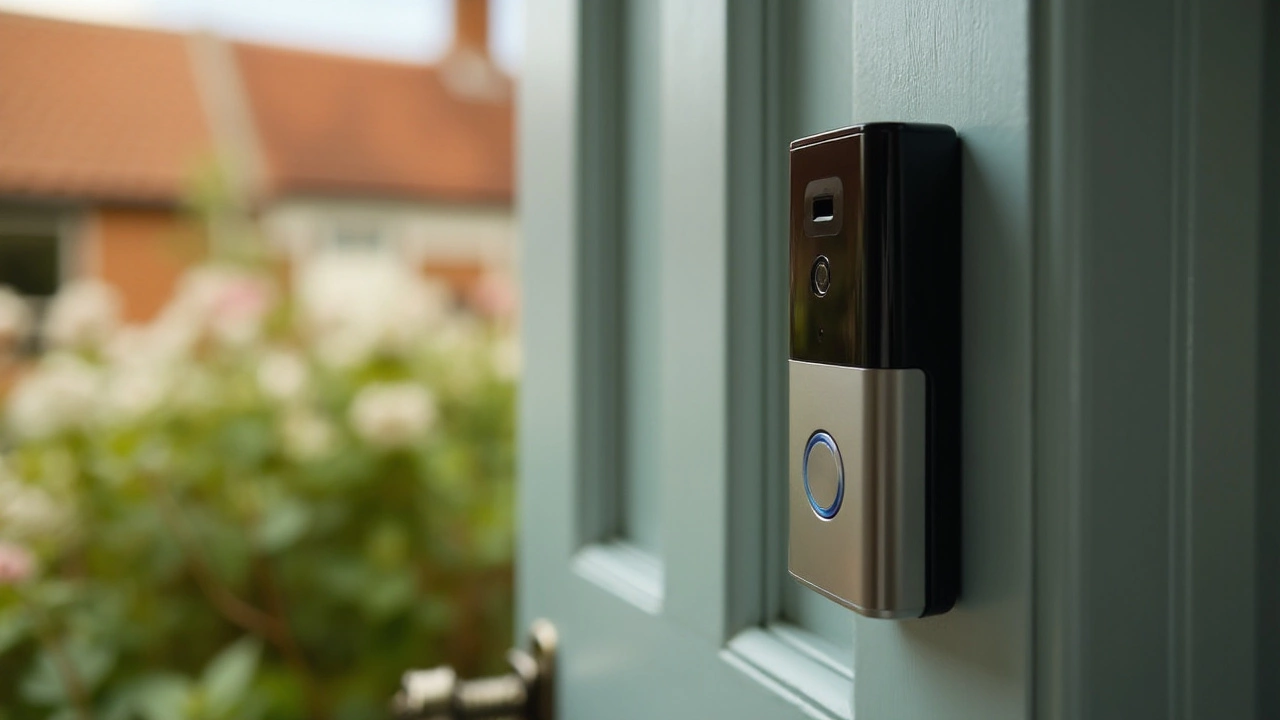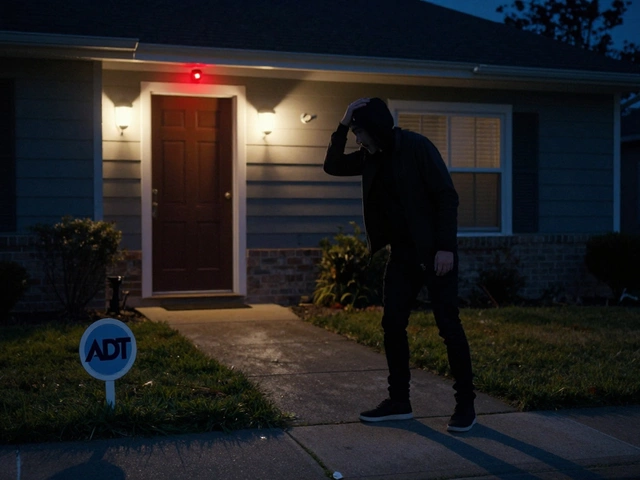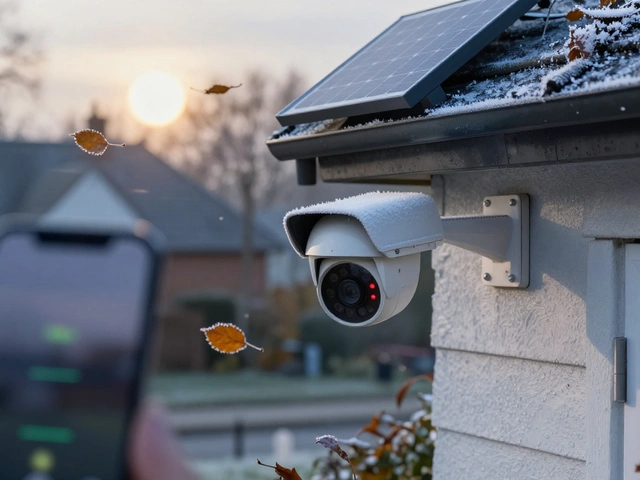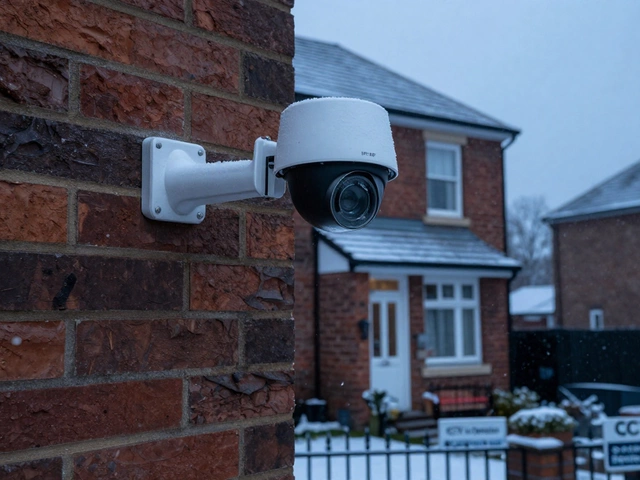Video doorbells are heralded as a modern marvel in home security. By letting you see and speak to visitors from virtually anywhere, they surely add a layer of convenience. But like every coin has two sides, so does this nifty gadget. Beneath the appealing features lie potential drawbacks that shouldn't be overlooked.
Imagine investing in a device meant to protect your home, only to wrestle with privacy concerns. Many users worry about where their data is stored, who has access, and the possibility of breaches. It's like finding your most trusted diary being watched over by strangers.
The digital nature of video doorbells also makes them susceptible to hacking. Intruders with enough skill can intercept video feeds or deactivate your device, putting the very security you seek in jeopardy. It’s a strange paradox — your guard can be compromised by the very technology you rely on.
Let’s not forget the reliance on Wi-Fi. The constant demand for internet connectivity can be a hassle if your network isn’t stable. It’s like having a guard at your door who occasionally decides to nap. This dependency might prompt you to invest in a better internet plan, adding to your expenses.
Additionally, while the initial purchase might seem affordable, premium features and cloud storage come with subscriptions that can add up. Over time, opting for more functionality might start pinching pockets. It’s essential to weigh what you truly need against what seems exciting but unnecessary.
Despite these setbacks, there are tips and alternatives to optimize usage, ensuring you benefit from the protection without falling prey to the pitfalls. Navigating the downsides of video doorbells requires awareness and smart decision-making.
- Privacy Concerns
- Hacking and Security Risks
- Internet Dependency
- Cost and Subscriptions
- Technical Glitches
- Alternatives and Tips
Privacy Concerns
When it comes to video doorbells, privacy concerns rank high on the list of potential drawbacks. These devices, which form an integral part of modern smart home devices, are constantly collecting data. While the main function is to record who comes to your door, some doorbells remain active even when you don't expect them to. This constant surveillance can easily turn your front porch into a closely watched zone, raising questions about who has access to this information. Many video doorbells store data on the cloud, meaning that your footage might be susceptible to access by the companies that create them, or worse—cybercriminals targeting those storage facilities. Consider the instance when consumer uproar arose upon discovering that some companies retained access to video footage even after users canceled their subscriptions. The idea of cloud storage might seem convenient, but leaves room for a myriad of privacy issues that aren't immediately transparent to users.
"Privacy isn't dead, but you have to unearth it from beneath the plethora of digital conveniences," warns cybersecurity expert, Dr. Harriet Lee.
In addition, security cameras that are part of video doorbell systems can inadvertently capture footage beyond your immediate property. It's not uncommon for them to record activity occurring on public streets or in neighboring properties, potentially infringing on others' privacy. This can lead to legal complications, especially if individuals captured in the footage are unaware or haven't consented to being recorded. This legal gray area is something homeowners often overlook, only to face unexpected challenges later. Plus, data privacy laws, which differ from region to region, might require you to notify visitors that they are being recorded by your doorbell. This can easily transform from a simple device setup into a tricky legal territory that demands careful navigation.
Now and then, privacy concerns stem not just from human intrusion, but also technological weaknesses. As technology evolves, so do the methods by which data can be intercepted or manipulated. According to a projected data analysis study, about 10% of internet-enabled devices fall prey to security breaches annually, with a surprising number linked directly to smart home systems like video doorbells. It's vital for users to scrutinize the privacy policies provided by their video doorbells manufacturer, fully understanding how their data is stored, who can access it, and how it's protected. Finally, one cannot ignore the often overlooked aspect of children and other household members unknowingly becoming part of these recordings. This raises ethical questions regarding consent and awareness in family settings.
Hacking and Security Risks
In the age of digital home security, video doorbells have become a symbol of peace of mind for many homeowners. Yet, the very connectivity that empowers these devices also makes them vulnerable to hacking. It's not just a scene out of a cyber-thriller; attackers can exploit weaknesses, gaining unauthorized access to your systems. Imagine a stranger peering through your front door camera, or worse, manipulating the lock remotely. This isn't merely about data breaches; it's about the peace you seek turning into a potential nightmare.
The issue of hacking became a hot topic after several real incidents. Perhaps the most alarming story came in 2019 when several homeowners reported horrifying incidents of strangers speaking to their children through the doorbell cameras. A well-documented flaw revealed how hackers could escalate superuser access, giving them control of not just the video feed but the entire device.
An industry expert once warned, "The Internet of Things is only as secure as its weakest link." This quote reminds us that any unsecured device in our network can open a pathway for cyber threats.
One crucial factor in the risk potential is device authentication. Many systems use simple passwords or lack two-factor authentication, which can be easily bypassed by cyber intruders. Regular updates are crucial, yet, if the manufacturers don't patch vulnerabilities quickly, the risk remains high. Consider this: a survey by a cybersecurity firm found that 60% of users never changed default credentials. This statistic should serve as a wake-up call for better security hygiene.
Another vulnerability arises from data transmission. Few people realize that video doorbells stream data across networks to cloud servers. If these transmissions are not encrypted, they can be intercepted, leading to unauthorized access to your private moments. Encryption acts like a lockbox; without it, your data might as well be an open book. To boost security, it’s wise to ensure your device supports SSL/TLS encryption protocols. This often-overlooked aspect can be a strong deterrent to hackers.
It's not all doom and gloom, though. By taking proactive steps, homeowners can significantly reduce these risks. Begin by updating the firmware regularly; manufacturers offer firmware updates to combat newfound vulnerabilities. Utilize strong, unique passwords and enable two-factor authentication wherever possible. Additionally, investing in a mesh network can further isolate devices from direct internet access, acting as a digital moat for unwanted intrusions.
As the technology behind smart home devices advances, so do the tactics of hackers trying to exploit them. A future-ready approach to securing video doorbells doesn't just stop at having strong passwords or regular updates. Engage with your device's privacy policies and understand what data it collects and shares. Awareness and vigilance can serve as your strongest allies in maintaining not only a secure but also a private living environment. Because at the end of the day, peace of mind is truly priceless.
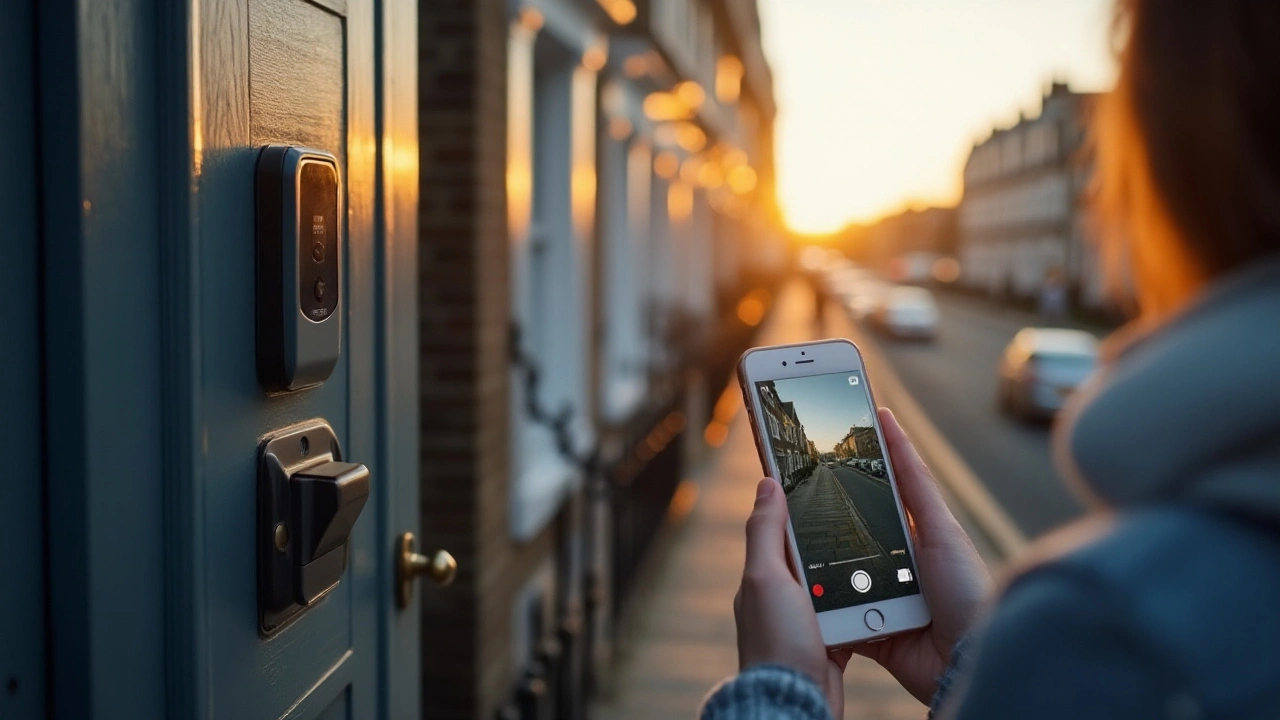
Cost and Subscriptions
The allure of video doorbells often begins with their promise of enhanced security and convenience. But upon peeling back the layers, the financial commitment reveals itself as more than meets the eye. The initial purchase price may set the stage, but it's the ongoing cost and subscriptions tied to these devices that deserve a thorough examination. At the heart of it, the cost goes beyond the glossy marketing brochures and friendly user interfaces. Many popular brands offer a baseline of features accessible after the device's one-time purchase. However, to unlock the full potential—such as extended video storage, advanced motion detection, and integration with other smart home systems—a monthly or yearly subscription often becomes necessary.
These subscriptions can range from a modest few dollars to a more substantial fee, depending on the provider and the level of service. For instance, brands like Ring and Nest provide tiered plans, offering varying degrees of storage and feature sets to accommodate different user needs. The necessity of cloud storage is of particular interest because local storage options are often limited or not offered, pushing users towards these additional costs.
According to a report by Consumer Reports, "68% of video doorbell owners pay for a subscription to access their video archives."
Beyond the apparent subscription fees, there's a growing trend of hidden costs. These can include equipment upgrades, repair services, and sometimes even charges for customer support beyond basic queries. Just like maintaining a vehicle or a home, upkeep can add unexpectedly to your budget. Often, these fees are glossed over in the initial purchase excitement, leaving some users caught off guard months into using their device.
Furthermore, these expenses can add up to a significant sum over the product's lifetime. Some consumers have reported spending upwards of $200 annually on subscriptions alone. It’s a paradox wherein the security cameras meant to simplify lives become another recurring utility bill. Becoming informed about the scope of future expenses tied to your device choice is critical to making a prudent decision.
A strategic approach can help in managing these costs. Consider asking yourself what exact functionalities you need before committing to a plan. Comparing different plans and thoroughly reviewing the fine print regarding restrictions and additional charges could save not just money but also potential frustration. Ultimately, it's a balance between heightened security and maintaining a sensible budget that aligns with your financial comfort zone.
Technical Glitches
Technology is fantastic — until it isn't. This paradox is especially true when discussing the quirks and mishaps of video doorbells. You expect these gadgets to perform seamlessly, yet technical glitches can be as unpredictable as the weather. Consider the moment when you're expecting a package, and just as the delivery person arrives, your video doorbell decides to freeze or delay its response. Such interruptions not only test your patience but also undermine the very purpose of having a smart security network at your doorstep.
Most video doorbells are software-dependent. They're always on the lookout for updates, adjustments, and optimizations, which tend to stop what you are expecting them to do. An update might occur when you're least expecting it — say, in the middle of a family barbecue. Instead of attending to your guests, you find yourself scrambling to reset your system, hoping the party isn't interrupted by a malfunctioning doorbell.
For any highly-rated gadget, connectivity is crucial. But what happens when there are blips in the internet? A doorbell that depends on the cloud can give you false notations, stand idle, or leave you with half-pictures due to temporary outages. These scenarios, though temporary, can be a massive blow to trust, and may require engaging with your internet provider more than you ever wished.
"While tech promises a seamless life, reality often presents glitches we aren't ready for," remarked Devlin Holmes, a technology analyst in a recent report about smart home devices. Devlin's observation hits the nail on the head, emphasizing the unforeseen issues users face when technology decides to act up.
Video doorbells, despite boasting weather-resistant features, still struggle against nature. Extreme temperatures, whether scorching heat or biting cold, can have temperamental effects on these devices. This physical challenge can force the device to shut down or provide pixelated visuals, reminding users that technology still hasn't conquered Mother Nature.
Another frequent frustration comes from security camera misfires. Motion sensors, a staple of video doorbells, might detect every little swaying leaf or a passing car, flooding your notifications until you're tempted to switch off alerts altogether. It transforms a gentle beep into an auditory excuse for missing a genuine visitor.
For savvy users, knowing these faults transforms a frustrating episode into another day at the office. Many forums and online communities offer hacks and fixes — from ensuring the latest firmware updates to manual resets — easily turning irksome tech gremlins into manageable blips. However, pursuing these fixes is time-consuming and not something everyone feels comfortable doing.
In these scenarios, product support becomes a critical lifeline. Yet, customers are often met with long waits or guidance buried under layers of FAQs and convoluted troubleshooting guides. It's an ironic dance where high-tech aspirations meet age-old customer service hurdles. Embrace the quirks, anticipate the glitches, and remember that even in the digital age, patience is sometimes your best tool.
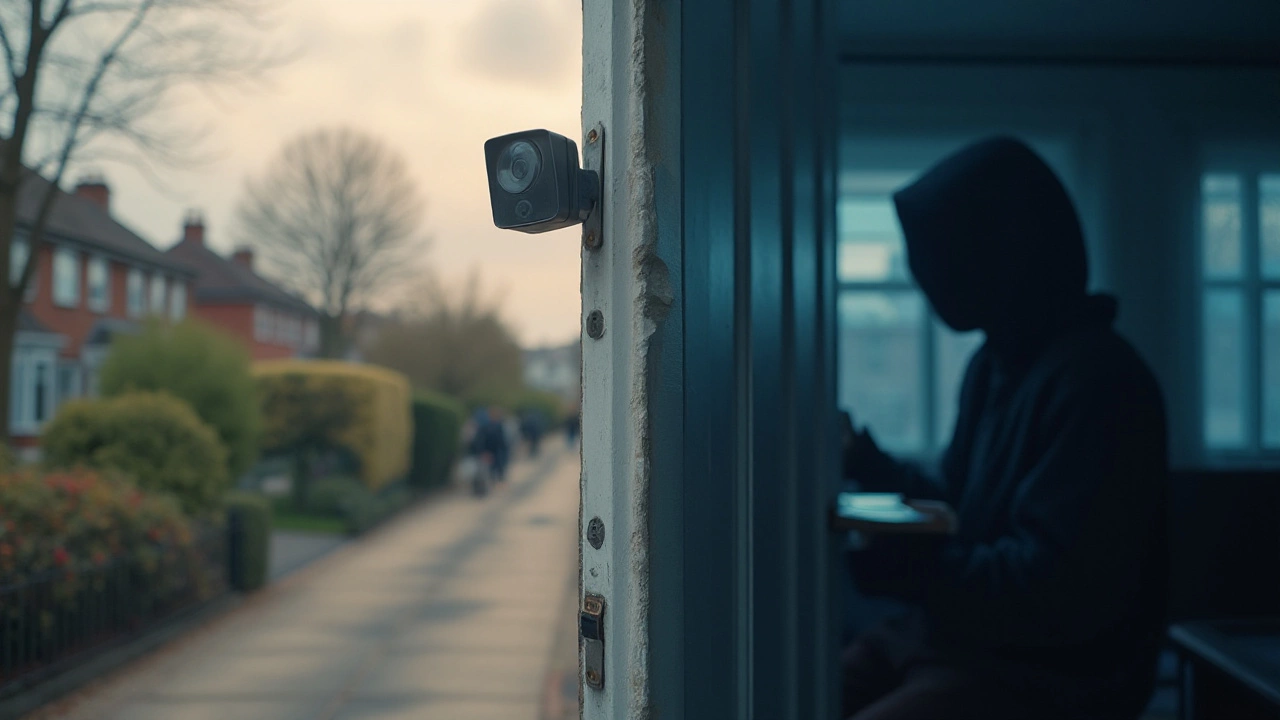
Alternatives and Tips
Amidst the growing spectrum of video doorbells populating smart home markets, it's valuable to consider alternatives that might work just as well, if not better, depending on specific needs. Homeowners seeking a more traditional approach to security might find that simple surveillance cameras positioned discreetly around entrances provide sufficient monitoring while solving some privacy issues inherent in interconnected smart devices. Traditional cameras often store footage locally rather than relying on cloud services, thus minimizing the risk of data breaches.
While the convenience of speaking through your phone to whoever is at your door is appealing, one might argue that classic two-way intercom systems serve a similar purpose without the need for continuous Wi-Fi. It's like opting for a landline phone over smartphones; less fancy but sturdy and straightforward. If additional smart integrations are required, opting for advanced CCTV systems that come with mobile connectivity and alerts can strike a perfect balance between tradition and technology.
According to a recent study by the Pew Research Center on smart home devices, "there is a rising concern over privacy and data security with increased device connectivity." This reminds us that staying informed about the technology in our homes is crucial.For those who remain committed to using smart home devices, applying certain best practices can mitigate risks. Regularly changing passwords and utilizing two-factor authentication make a substantial difference. For added peace of mind, look for systems that provide end-to-end encryption to protect data from prying eyes.
A reliable power backup is another recommendation. Connectivity isn't merely about the internet; power outages can render video doorbells ineffective when needed the most. Some higher-end models include battery backups, yet having an alternate system, like a basic outdoor camera with a solar panel, ensures your home stays protected — it’s that extra layer of reliability if technology falters.
Monitoring and Maintenance
To optimize home security systems, regular maintenance is essential. Set up a routine check for camera lenses, ensuring dust or debris doesn’t obscure your field of vision. You could make it a weekend project, as simple as wiping off lenses and testing connections to ensure systems run smoothly. It’s much like checking your car fluids — not glamorous but necessary.
When it comes to new video doorbells, assess the need for regular software updates provided by manufacturers; updates often include security patches that address vulnerabilities that, if left unchecked, could be exploited by hackers. Setting reminders to check for updates can simplify the process, keeping your systems secure without requiring constant vigilance on your part. Speaking of updates, monitoring new technology trends and attending workshops or webinars hosted by reputable cybersecurity entities ensures your skills and knowledge remain current.
Lastly, forging a relationship with your neighbors can act as an invaluable security alternative. Developing a community watch system where neighbors communicate can significantly deter potential intruders. It’s akin to the old saying, a watchful eye from someone you trust is often the best security money can’t buy. Be it through a neighborhood app or periodic meetings, shared vigilance can be both reassuring and effective.

